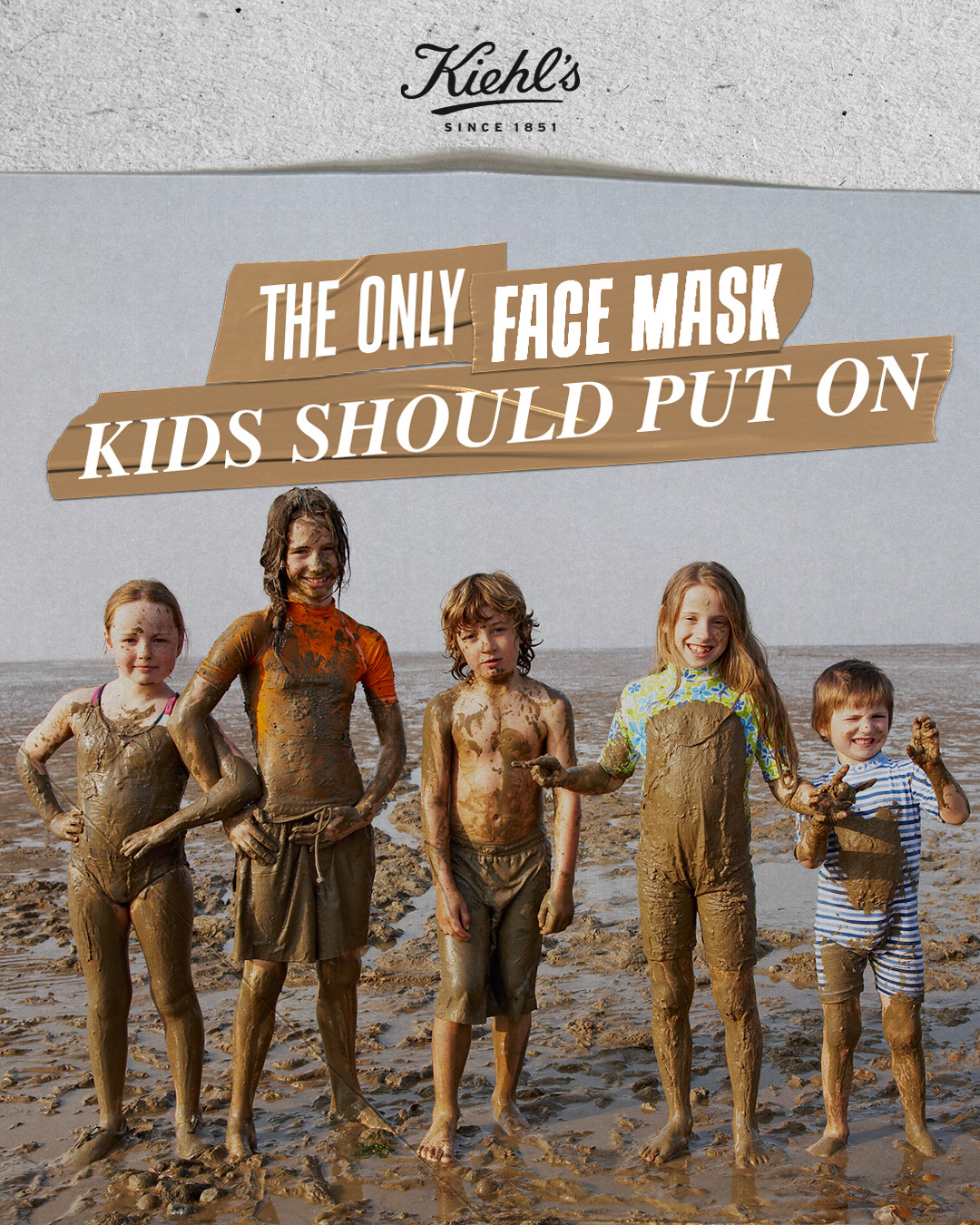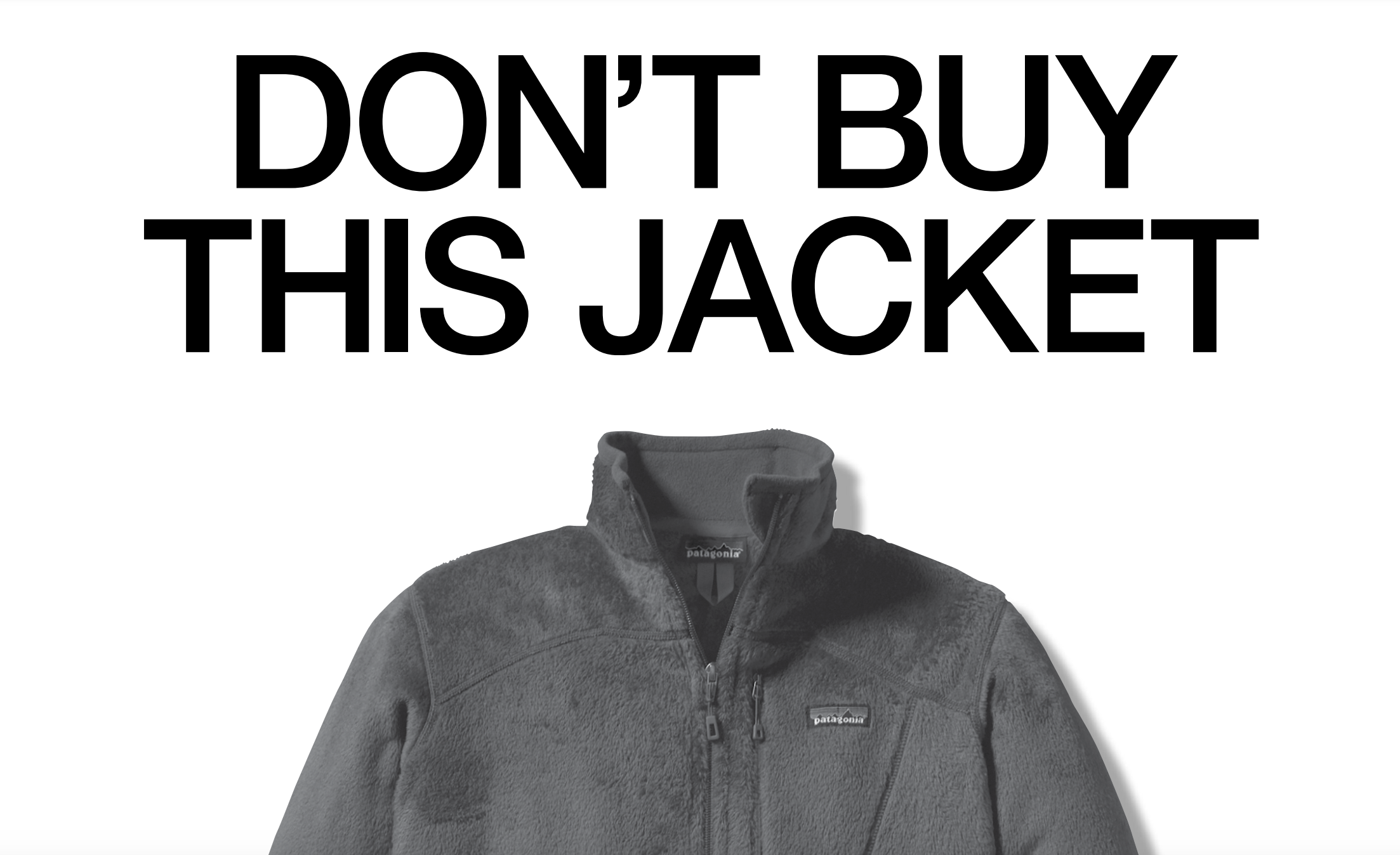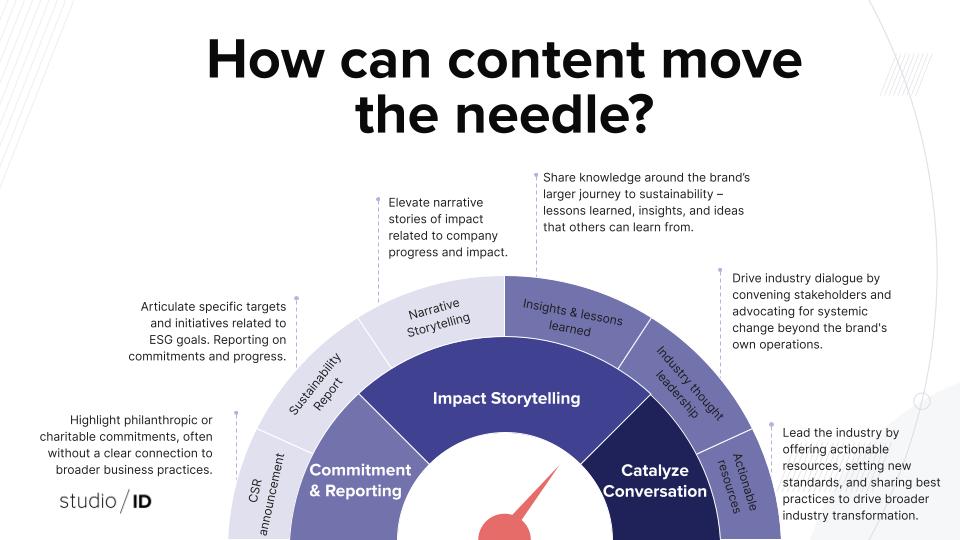Table of Contents
Lessons in engaging today’s most skeptical, crisis fatigued audiences – examining the brands mastering the art of authentic connection, and the ones simply blowing smoke — complete with practical strategy frameworks for getting it right.
See what’s brimming beneath marketing’s surface. Explore every installment of ‘The Deep End’ — a periodic column brought to you by studioID’s Strategy Group.
Well, folks, we’re in the thick of April — the one month a year when brands paint the town green. Sustainability reports drop, carbon credits get cashed in, and your Instagram feed is filled to the brim with illustrations of an Earth suspended between two loving hands and the logo of your favorite deodorant brand.
Five or more years ago, it was mostly environmentalists who rolled their eyes at the often hollow sustainability charade surrounding Earth Day. Today, with brand trust at an all-time low, the everyday consumer has grown skeptical — often outright dismissive — of what they perceive as ‘greenwashing.’
This puts brands in a tight spot: Consumers (and regulators) want brands to be invested in environmental, social, and good governance (ESG) principles, but the majority of consumers are wary of buying from a brand they feel makes false or empty ESG claims. Consumers ultimately find themselves overburdened with the task of separating the wheat from the chaff of thin or outright untrue promises. This is further compounded by a looming sense of crisis fatigue, with consumers increasingly disengaging from problem-focused stories in a world constantly rocked by economic, political, and health uncertainty in recent years.
Caption: Exciting product launches and technology innovations tend to lose their sparkle when consumers are fatigued by the concurrent uncertainties of climate change, political unrest, ballooning inequity, and economic headwinds.
The ESG Opportunity: Problem + Solution = Trust
But brands have an opportunity as well. At the end of the day, the fundamental truth of brand trust remains the same: Consumers like brands that make their lives better.
And in an increasingly uncertain time, brands that can solve a problem or offer a meaningful promise of hope, safety, or security amid the chaos have a better chance of forming a lasting connection.
And more often than not, corporations are in a position to offer what an increasingly gridlocked political landscape cannot — forward momentum through fast action and problem solving.
The Good
Take Levi Strauss for example – the company’s commitment to reimbursing travel expenses for employees needing to travel to another state for health care services offered people a sense of security and safety in the wake of the Supreme Court overturning Roe v. Wade.
The Not-So-Good
On the other side of the coin, there’s those who miss the mark. Consider Kellogg’s suggestion that cash-strapped Americans eat cereal for dinner. Between record inflation and high grocery bills, this felt more like a tone-deaf gesture than a valuable solution.
Mind the Gap: Consumer Expectation vs. Brand Action
But the Levi Strauss’ of the world are still fairly few and far between. The aftermath of Roe v. Wade in the U.S., for instance, demonstrated a clear disconnect between the majority of consumers who wanted brands to speak out in support of reproductive rights, and the less than 10% of companies that actually did so.
Even more, consumers weren’t satisfied with symbolic solidarity on social media platforms. They were looking to brands to offer tangible support like commitments to paid leave for reproductive health.
This shift signifies a broader trend — consumers are no longer satisfied with mere words of allyship; they demand action, impact, and tangible results.
♻️ Related Reading: 3 Brands Getting Purpose-Driven Marketing Right
A Framework For Hitting the Right Note
Future-focused brands see the writing on the wall — brand trust will increasingly be assessed on their commitment to building a better future. And truly effective strategy goes beyond the surface, to not just talk about change, but actively drive it. Savvy marketers and brand strategists know this, and it’s why many of them tread carefully when it comes to investing in purpose-driven content — no one wants to be responsible for the next Kendall Jenner Pepsi commercial.
Further, many leaders feel that unless their entire business revolves around sucking carbon out of the air or solving world hunger, they cannot authentically contribute to these types of conversations. So instead, they lean on table-stakes DEI commitments, emissions reporting, or social posts.
But for those looking to go beyond the surface, there is an opportunity to build deeper connections with audiences, while staying true to actual contributions and impact. As audience-centric content marketers, effective ESG storytelling should ultimately center your audience and include a deep understanding of what’s resonating with them. This is where a more intentional strategy is needed to pinpoint the opportunity in the landscape.
Enter Ownable Conversations
Ownable Conversations is a studioID strategy framework for discovering where a brand’s specific strengths meet the needs and concerns of its audience. In an ESG context, it’s about identifying the unique intersection where a brand’s expertise, a key social challenge or development goal, and relevant public sentiment and emerging trends converge.
This framework can be an effective mechanism to not just tap into the latest trend, but to craft a narrative that aligns your brand’s strengths with issues that genuinely concern your audience. To take a similar approach to your own ESG messaging, consider a few key questions to identify where your brand may be positioned to authentically contribute:
-
What distinct value, expertise, or impact does your brand offer?
-
What specific social challenges are relevant to your expertise?
-
And, what current trends or themes engage your target audience?
The intersection of those three things should hopefully offer a topic area where your brand can not only offer solutions-oriented content of value, but also add something new to the conversation.
💬 Related Reading: How to Create Ownable Conversations: A Step-by-Step Guide to Engaging with Niche Communities
Genuine Ownable ESG Conversations in Action
How Kiehl’s Authentically Taps In
Amid the skincare industry’s relentless pursuit of younger and younger buyers — a practice that has sparked intense debate over its impact on youth self-esteem and mental health over the last 12 months — Kiehl’s launched an ad campaign that directly addresses the trend of marketing adult beauty concerns to tweens and teens. Their campaign offers a refreshing narrative: True “anti-aging” for kids is about savoring the simple joys of childhood.
Why it Resonates
This approach by Kiehl’s is not just timely; it’s a direct response to current concerns echoed by parents and mental health advocates.
With reports highlighting the mental health crisis among young people and the role consumer culture plays in exacerbating it,…
Kiehl’s aligns itself not just with its products, but with a much-needed cultural shift.
This campaign stands in stark contrast to brands like Drunk Elephant, which despite its popularity among children, has not made similar moves to address these concerns.
Kiehl’s Ownable Conversation, Simplified
Kiehl’s Brand Value:
-
Quality skincare products and guidance.
The Zeitgeist:
-
A pushback against the trend of anti-aging products marketed to young audiences, with a nod to unrealistic expectations and beauty standards set on social media.
The Challenge:
-
Our audience is worried about the unprecedented mental health crisis affecting young people.
With this conversation, Kiehl’s forges a strong connection with concerned parents (their audience) and aligns itself as a brand that cares about mental health and well-being of the next generation. In essence, they’ve managed to create a campaign that resonates with both their product line and the prevailing consumer sentiment, striking a delicate balance between commerce and conscience.
And this type of approach really works. On a social media account that averages 500 likes per post, this particular Kiehls’ creative received over 20K likes.
How Patagonia Moves the Needle
Another great example of this framework in action comes from Patagonia. While Patagonia is often considered the gold star of corporate sustainability for its bold commitments to environment and conservation, it’s the brand’s commitment to embracing a more circular business model that sets them apart. This steadfast dedication is one of the chief reasons they made our Top 50 Content Marketing Brands list for the second year in a row.
For decades, the company has been pioneering its Common Threads program — a circular product lifecycle that begins with designing products via renewable energy, efficient water usage, and socially equitable practices, then ensuring consumers have the means to recycle and reuse those products again and again so they never end up in a landfill.
Against the backdrop of fast-fashion criticism regarding resource use and unethical labor practices, Patagonia has transformed their commitment into a powerful ownable conversation that they are uniquely positioned to own:
What does it mean to build a profitable, yet sustainable business within a system that favors endless growth and planned obsolescence?
This results in a rich conversation that provokes the industry to rethink the standard of production and consumption.
Patagonia’s Ownable Conversation, Simplified
Patagonia’s Brand Value:
-
Expertise: textiles, resourcing, fashion, production, distribution
-
Action/impact: Common Threads Program
The Zeitgeist:
-
Growing public discourse around the ethical and environmental failures of fast fashion and over-consumption. Diminishing tolerance for brands with practices that exacerbate or don’t actively seek to solve issues.
The Challenge:
-
Unsustainable patterns of production and consumption, contributing to the exploitation of natural resources in product supply chains and the pollution of natural ecosystems.
Why it Resonates
This thoughtful approach results in content that stands out not as a highlight reel of the brand’s environmental milestones, but as engaging discussions, rich campaigns, and extensive resources surrounding the process of transitioning to a circular economy. Their dedicated supply chain-focused vertical pulls back the curtain on their progress, acknowledging that genuine change is an ongoing evolution.
In doing so, they have established themselves as a knowledge hub for textile recycling, repair, and broader ecological considerations for the larger industry — reinforcing their positioning as the most reputable brand in the US. Patagonia is the ultimate example of putting their money where their mouth is. In 2022, the brand announced that 100% of all future profits would go to fighting the climate crisis.
At the core of Patagonia’s conversation is an iterative mindset that sees content as a vehicle to share insights, education, and ideas that move the needle forward, not just boast about impact. Before pressing ‘publish,’ brands must ask themselves:
-
Does this content propel the conversation ahead?
-
Is it rooted in solutions?
-
Will it impart insights and learnings that the wider industry can harness and apply?
Parting Words: Offer Change, Not Lip Service
Keep in mind, the ownable conversations framework is not for surface-level platitudes on politicized issues, but solutions-oriented conversations that aim to educate, inform, and move the needle. So look for opportunities to offer valuable insights and learnings first, and reputation building second.
For some brands that undergo this exercise, they will come away with a clear narrative and perspective that they are well-positioned to own and activate immediately in a public forum. For others, it can serve more as a roadmap or goal-setting exercise to work on internally before they are ready to join the conversation. For both, it’s an exercise in helping a brand understand how to invest in a meaningful foundation of audience trust.
▶️ Related Resource: Watch How Do You Use Brand Storytelling to Build Lasting Trust With Your Audience? | Into the Funnel [Ft. Pfizer]
![]()










